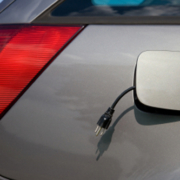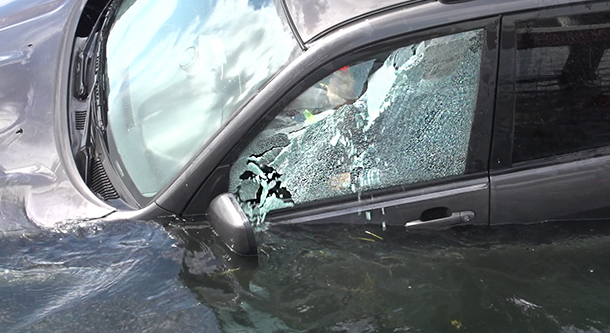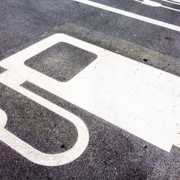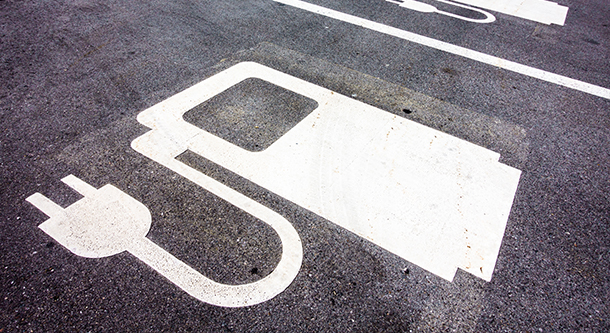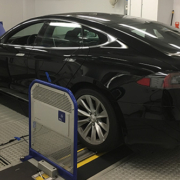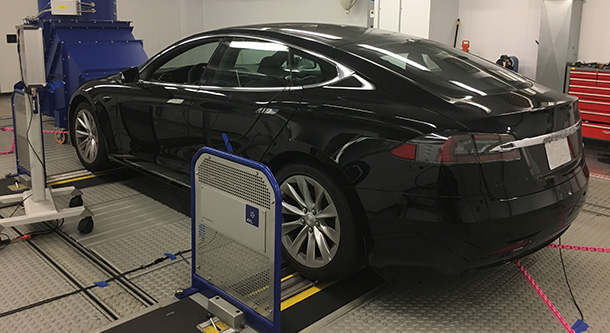AAA Newsroom: AAA: Owning an Electric Vehicle is the Cure for Most Consumer Concerns
[ad_1]
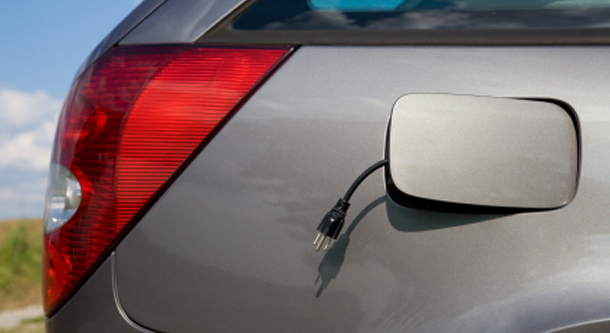
 New study pulls back the curtain on the experience of going green and costs of ownership
New study pulls back the curtain on the experience of going green and costs of ownership
ORLANDO, Fla. (Jan. 22, 2020) – New research from AAA finds that over five years and 75,000 miles of driving, the annual cost of owning a new compact electric vehicle is only slightly more expensive – about $600 annually – than its gas-powered counterpart. The study also revealed that the experience of owning an electric vehicle eases one of the biggest fears associated with these cars – range anxiety.
According to AAA’s survey, prior to owning an electric vehicle, a majority of owners (91%) said that they had at least one concern – things like insufficient range, implications for long-distance travel and finding a place to charge. Post purchase, many of these worries disappeared. AAA believes that if consumers have a better understanding of the real cost and experience of owning an electric vehicle, then the gap between expressed interest and adoption will begin to close.
“Although 40 million Americans have shown interest in buying electric for their next car, actual adoption is happening at a much slower rate,” said Greg Brannon, AAA’s director of Automotive Engineering and Industry Relations. “AAA wanted to understand what kind of impact the experience of owning an electric vehicle has on perception of these cars and maybe more importantly, if given the chance would consumers choose to go green again.”
AAA’s survey of electric vehicle owners, 71% of whom had not previously owned an electric car, revealed some interesting results:
- The majority (96%) say they would buy or lease another electric vehicle the next time they were in the market for a new car.
- Two in five (43%) say they drive more now than when they owned a gas-powered car. On average, electric vehicle owners drive 39 miles per day.
- Three quarters (78%) also have a gas-powered car in the household, yet they report doing a majority of their driving (87%) in their electric vehicle.
Perhaps the most surprising result of the survey was the impact ownership has on commonly-held fears about electric vehicles, particularly those that have deterred consumers from making the leap to green. Previous AAA research has found that the top two reasons why Americans shy away from electric vehicles are not enough places to charge (58%) and the fear that they will run out of charge while driving (57%). Almost all owners surveyed (95%) report never having run out of a charge while driving and on average, they do three fourths (75%) of their charging at home. Likely as a result, those who were originally concerned about insufficient range said they became less or no longer concerned post-purchase (77%).
“Range anxiety has been synonymous with electric vehicles from the beginning,” said Brannon. “Hearing firsthand from owners that this is no longer a worry may change the mind of those who have otherwise been skeptical to the idea of owning an electric vehicle.”
Employing the same methodology used for its annual Your Driving Costs study, AAA calculated the costs for owning a new compact electric vehicle as compared to that of its gas-powered counterpart. Although the study found that overall cost of electric vehicle ownership is 8% more per year, individual categories such as fuel and maintenance/repair are lower.
- Fuel – the electricity required to drive 15,000 miles per year in a compact electric vehicle costs an average of $546, while the amount of gas required to drive the same distance costs $1,255 (or 130%) more.
- Maintenance/Repair/Tires – electric vehicles do not require as much maintenance as gas-powered ones since they don’t need oil changes or air-filter replacements. If maintained according to the automakers’ recommendations, electric vehicles cost $330 less than a gas-powered car, a total of $949/annually.
Vehicle ownership, whether electric or gas-powered, is a personal choice that should take many factors into consideration. For consumers who are interested in electric vehicles, AAA recommends visiting a dealership, test driving one and asking as many questions as possible to make an informed decision.
Methodology
The electric vehicle and internal combustion engine driving costs in this study were established using the proprietary methodology employed for AAA’s Your Driving Costs (YDC) project. The 2019 electric vehicle models selected for this study were: Chevrolet Bolt (LT), Hyundai Ionic Electric (Base), Kia Soul EV (+), Nissan Leaf (SV) and Volkswagen eGolf (SE). The 2019 internal combustion engine vehicles selected for the comparison were: Chevrolet Cruze (LS), Honda Civic (LX), Hyundai Elantra (SE), Nissan Sentra (SV) and Toyota Corolla (SE). This methodology models the purchase of a new vehicle for personal use over a period of five years and 75,000 miles. A copy of the 2019 AAA Your Driving Costs brochure with the latest study results is available at https://bit.ly/35I5GG8.
The survey of electric vehicle owners was conducted using a consumer panel maintained by a third-party electric vehicle research firm. The online panel consists of more than 40,000 electric vehicles owners, weighted to balance drivers by vehicle type, make and model. In total, 1,090 surveys with plug-in electric vehicle (PEV) owners were completed during a 24 hour period on October 1, 2019.
About AAA
AAA provides more than 60 million members with automotive, travel, insurance and financial services through its federation of 34 motor clubs and nearly 1,100 branch offices across North America. Since 1902, the not-for-profit, fully tax-paying AAA has been a leader and advocate for safe mobility. Drivers can request roadside assistance, identify nearby gas prices, locate discounts, book a hotel or map a route via the AAA Mobile app. To join, visit AAA.com.
[ad_2]
AAA Newsroom Source link

